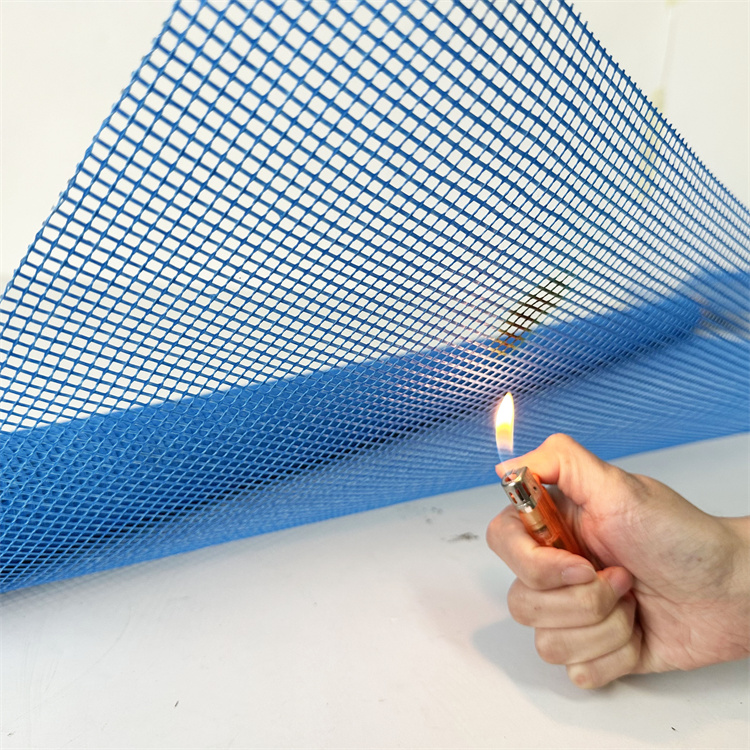Fire Retardant Fiberglass Mesh is a crucial material in construction projects prioritizing fire safety. Engineered to withstand high temperatures and impede the spread of flames, it is widely utilized in wall reinforcement, insulation systems, and roofing. However, selecting the appropriate mesh and employing it correctly are imperative to maximize its advantages.
A common challenge is ensuring that the fiberglass mesh is harmonious with the construction materials in use, such as concrete, plaster, or insulation. Misalignment can diminish fire resistance or create structural weaknesses.
Using incorrect installation methods, such as insufficient overlap or poor adhesive application, can undermine the fire-resistant features of the mesh. This is particularly significant in high-risk areas like kitchens or industrial settings.
Failing to confirm whether the selected fiberglass mesh adheres to local or international fire safety standards can lead to legal issues and decreased safety.

Always opt for Fire Retardant Fiberglass Mesh that meets established safety criteria, such as ASTM E84 or EN 13501. Confirm certifications with your manufacturer or supplier to ensure dependability.
Related articles:Before beginning installation, examine the compatibility of the fiberglass mesh with other project materials. Conduct small-scale tests to ensure proper adhesion and integration.
Ensure that the overlap between mesh sheets is a minimum of 10 cm and utilize a high-quality fire-resistant adhesive. Pay particular attention to corners and joints, as these represent critical areas for fire protection.
Periodically inspect the installed mesh for signs of deterioration, damage, or detachment. Regular maintenance guarantees long-lasting fire safety and reduces repair overheads.
Provide training for workers on the correct handling and installation of Fire Retardant Fiberglass Mesh for construction. Knowledgeable personnel mitigate errors and enhance overall safety.
Fire Retardant Fiberglass Mesh is an essential element in bolstering fire safety within construction projects. By recognizing common issues and enacting these effective solutions, you can ensure optimal protection and compliance with safety regulations. Whether you are a contractor or project manager, undertaking these measures will contribute to a safer and more reliable construction environment.
Comments
Please Join Us to post.
0